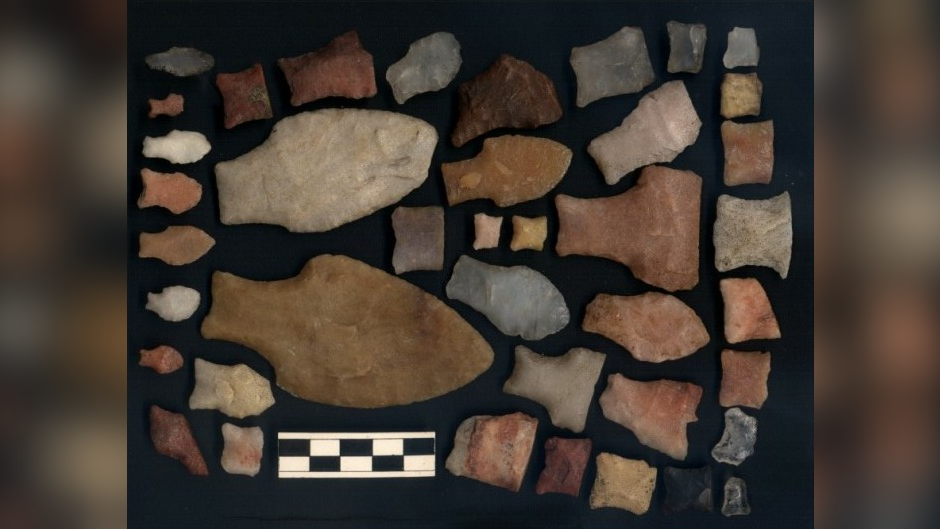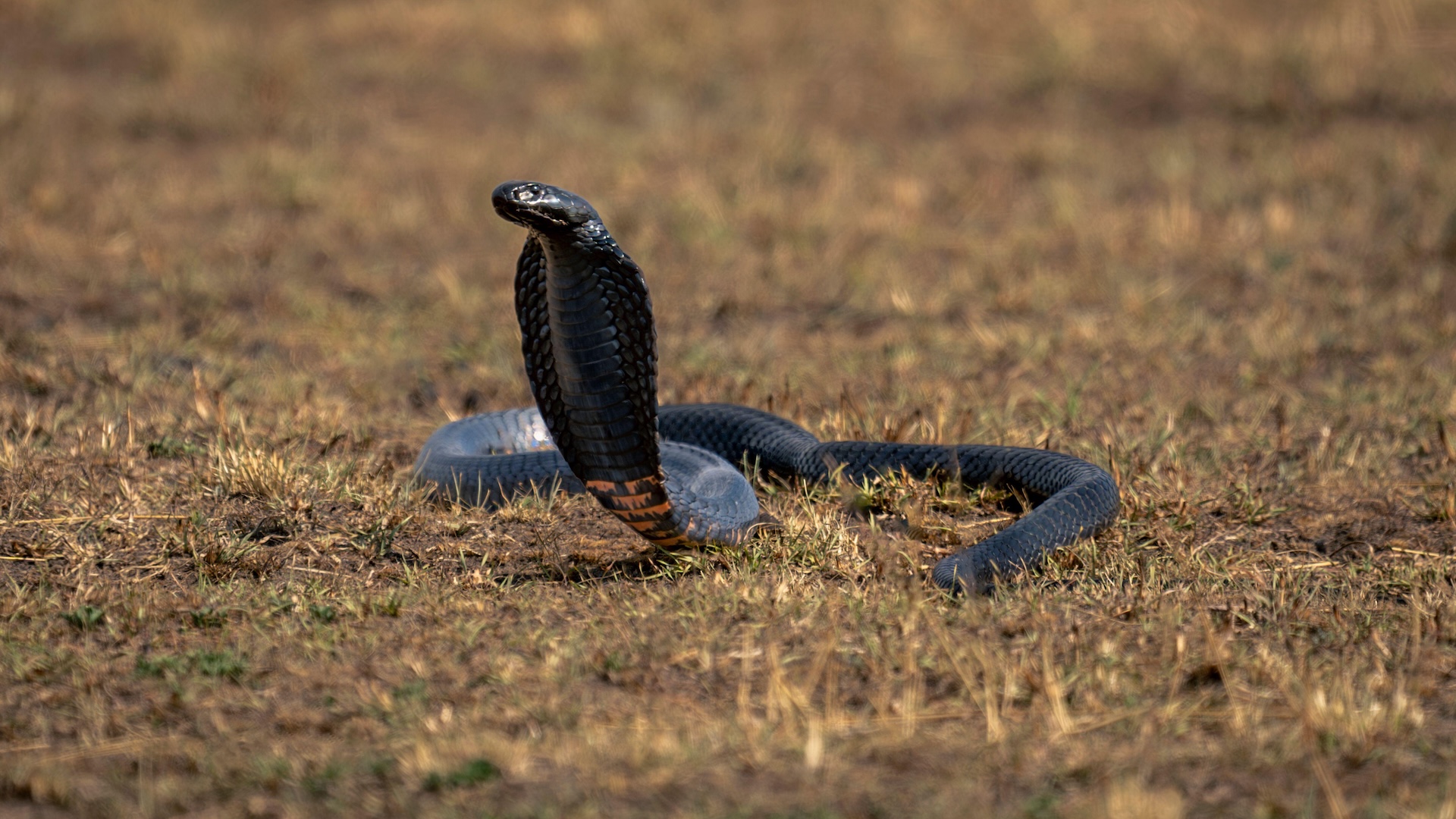Ancient DNA reveals mysterious Indigenous lineage that lived in Argentina for nearly 8,500 years — but rarely interacted with others
A previously unknown Indigenous population lived in central Argentina for nearly 8,500 years, a new genetic study finds.

Ancient DNA has revealed a mysterious Indigenous group that lived in central Argentina for nearly 8,500 years, a new genetic study reports.
Although the people of this newfound "deep lineage" lived at the same time as two other Indigenous lineages in central Argentina, they barely mixed with others in the area, the researchers found.
In the study, published Nov. 5 in the journal Nature, an international team of researchers analyzed 238 genomes from ancient skeletons of people who lived as long as 10,000 years ago in what is now Argentina. While previous studies had shown that there were distinct populations in the central Andes, the Amazon and Patagonia, little research had been done on the people who lived in the geographical area in between those groups: central Argentina.
"Our big question was: Given its location in the middle of these three populations, were people here a mix of these ancestries, or not?" study co-author Rodrigo Nores, a geneticist at the National University of Córdoba in Argentina, told Science magazine.
Considering the well-documented and rapid spread of ancient people throughout South America — which can be seen in archaeological evidence such as "fishtail" stone projectile points distributed throughout the Southern Cone (the region encompassing Argentina, Chile, Paraguay and Uruguay) — the long-standing assumption was that ancient genomes would provide another line of evidence for how people migrated throughout South America.
But the research team's genomic study of archaeological skeletons revealed a "deep genetic lineage" that persisted for more than 8,000 years in central Argentina — until at least A.D. 1800 — without any significant interaction with the groups surrounding it. While the archaeo-genetic trail ends about 200 years ago, the researchers picked up some clues in the DNA of modern Argentinians. The mystery lineage appears to be the main Indigenous American lineage in the region up to the present day, the researchers wrote in the study.
Given that there are no geographical borders in central Argentina that would have kept people from migrating and interacting with others outside the area, it's unclear why the people in this genetic group kept to themselves. And it's especially surprising considering that, over millennia, central Argentina faced lengthy droughts, a switch from hunting and gathering to agricultural production, and the spread of Amazonian people into their area — all events that typically lead to population turnover.
Get the world’s most fascinating discoveries delivered straight to your inbox.
Although there were myriad languages in central Argentina in the historic era, the similar genetic background of the mystery lineage persisted, meaning linguistic differences did not align with biological differences, the researchers noted in the study. Put another way, the people of this newfound lineage likely spoke many languages.
While the new study is not the final word on the genetic history of Argentina, the researchers wrote that "the genetic structure revealed here provides a basis for correlation to archaeology and enriches our understanding of an important world region."

Kristina Killgrove is a staff writer at Live Science with a focus on archaeology and paleoanthropology news. Her articles have also appeared in venues such as Forbes, Smithsonian, and Mental Floss. Kristina holds a Ph.D. in biological anthropology and an M.A. in classical archaeology from the University of North Carolina, as well as a B.A. in Latin from the University of Virginia, and she was formerly a university professor and researcher. She has received awards from the Society for American Archaeology and the American Anthropological Association for her science writing.
You must confirm your public display name before commenting
Please logout and then login again, you will then be prompted to enter your display name.
